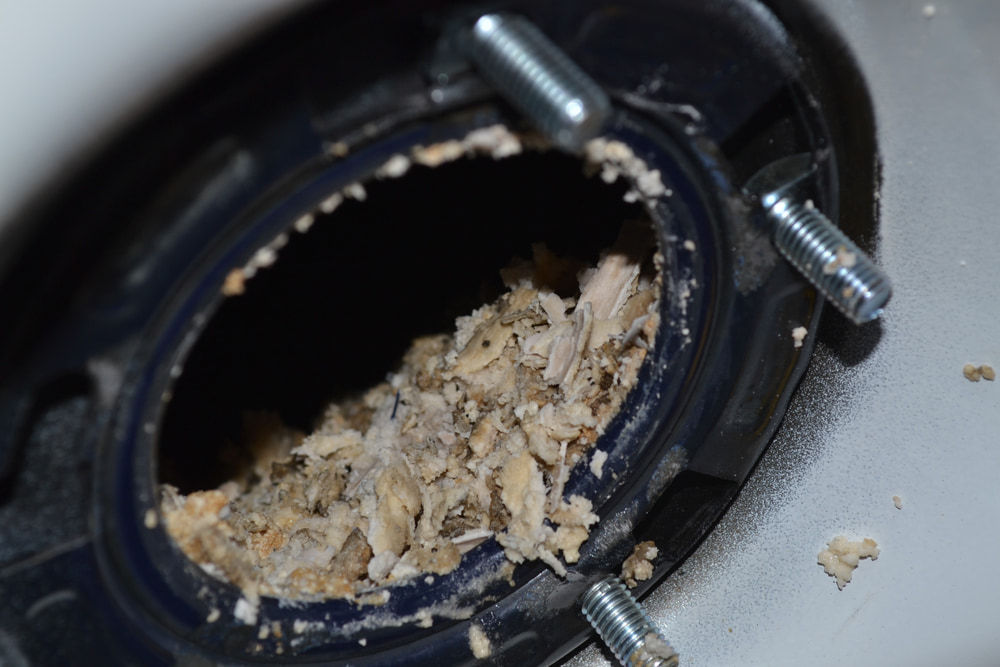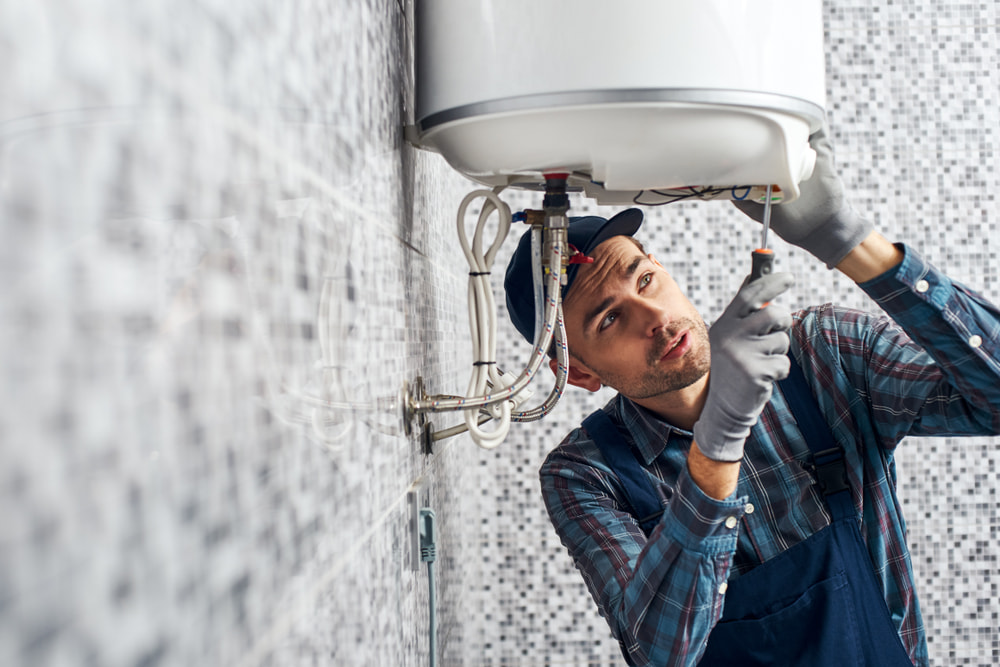October 7, 2025
The Importance of Flushing Your Water Heater
A water heater is one of those household essentials you don’t think about much until something goes wrong. Over time, minerals and sediments build up inside the tank, reducing not only the efficiency but also the lifespan of your water heater. Luckily, there’s a solution that not many people know about: flushing your unit. It’s one of the simplest yet most effective forms of maintenance you can perform to prevent this issue.
If you ever find yourself in need of water heater repair in Chula Vista, one of the first things a professional will ask is whether your heater has been flushed recently. In this blog, we’ll explore ways of doing it yourself, why this is an important part of routine maintenance, and why it may be smart to leave the job to proven and experienced professionals.
How can I flush a water heater myself?
At first glance, flushing a water heater might sound like a job only the plumber could handle. And while many Chula Vista residents immediately turn to a professional, the truth is, with a little patience and a few basic tools, most homeowners can do it themselves. Think of it as giving your water heater a much-deserved spa day. The process itself isn’t complicated, but it does require you to follow the steps carefully.
1. Turn off the gas or power supply
As we’re sure you know, safety should always come first, so before you do anything, you should check whether you’re dealing with an electric or gas-powered water heater. If your unit is electric, head over to your breaker box and switch off the power completely so you don’t risk any shocks (literally). As for gas heaters, look for the control knob and turn it to the “pilot” setting. This ensures that the burner won’t ignite while you’re working.
2. Shut off the water supply

Next, it’s time to find the cold water valve connected to the top of your heater. Turning this off stops new water from flowing in while you’re draining the tank. Think of it like pausing the faucet while you clean out a sink—you don’t want fresh water mixing in while you’re trying to flush out the old, grimy water.
3. Connect a garden hose
Grab a standard garden hose and attach it securely to the drain valve at the bottom of the tank. Make sure the other end is placed somewhere safe for draining, like outside, into a large bucket, or directly into a floor drain. Keep in mind that this water can come out pretty hot at first, so make sure the hose is aimed somewhere it won’t cause burns or damage.
4. Drain the tank
Now it’s time for the main event. Open the drain valve and let the water flow through the hose. At first, it’ll most likely look rusty or cloudy, which is completely normal. What you’re seeing is all of the mineral buildup that’s been sitting at the bottom of your tank. Just keep the water running until it clears up, which would be your sign that the inside of your tank is nice and clean again.
5. Refill & restart
At this point, you can close the drain valve tightly and remove the hose. Turn the cold water supply back on to fill the tank, and once it’s full, restore the power or set the gas control back to “on”. Within a short while, your water heater will be refreshed and back in action, and you can pat yourself on the back for the great work!
However, if your system refuses to restart or you get hit with a sudden water heater breakdown, don’t stress. That’s usually a sign of a bigger internal problem, and it means it’s time to call the pros.
What’s the purpose of flushing a water heater?
We’ve already mentioned that flushing removes sediment buildup, but what does that actually mean? Over time, this sediment forms a thick layer on the bottom of the tank, acting as insulation. As a result, your water heater has to work much harder to heat the same amount of water, which raises energy use and puts extra strain on its system. When flushing out the tank, you get rid of that thick layer of sediment, allowing your water heater to run almost like new.
Flushing also improves water quality and prevents odors. If you notice a sulfur-like or rotten-egg smell, bacteria could be feeding on the sediment. Regular flushing reduces this risk and keeps your hot water fresh and odorless.

Who should I call for dependable water heater repair in Chula Vista, CA?
While flushing your water heater by yourself is helpful, sometimes it’s not enough to fix the problem. It’s important to recognize when you need professional assistance, and of course, to know who to turn to for it. For reliable in-home water heater services, call Bob the Plumber. Our licensed team specializes in maintenance, troubleshooting, and full repairs. Whether you live near Eastlake or downtown, our team ensures your water heater is operating safely, efficiently, and reliably. Don’t risk a sudden breakdown—schedule service today!
Related Articles
4 Signs It’s Time to Replace Your Tankless Water Heater
When you decide to make life easier and upgrade your home with a modern water heating system, it’s important to …
Top 5 Advantages of Having a Tankless Water Heater
Are you tired of taking a shower only to have the hot water run out halfway through? Does the thought …
Why Your Hot Water Smells Like Rotten Eggs & How to Fix It
You hop in the shower, ready to relax, and suddenly—there it is. That unmistakable rotten egg smell. It’s one of …
